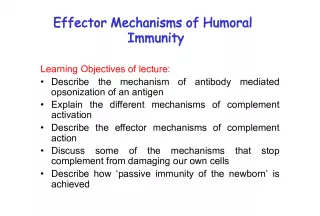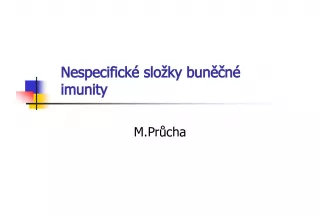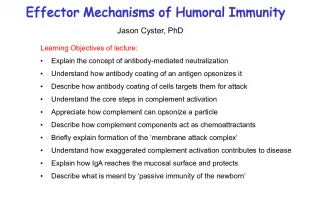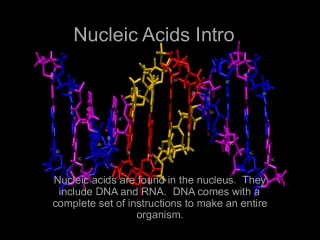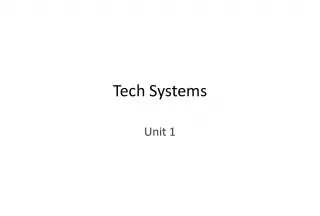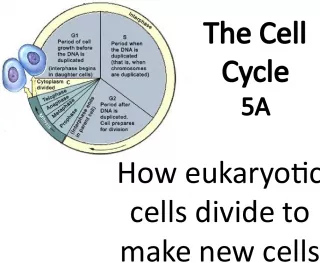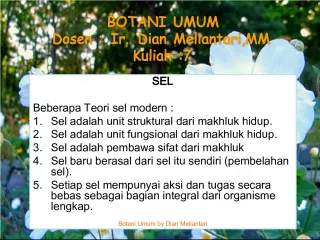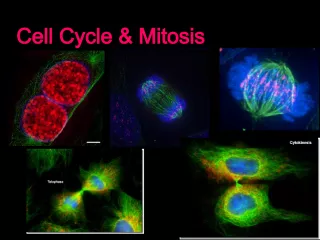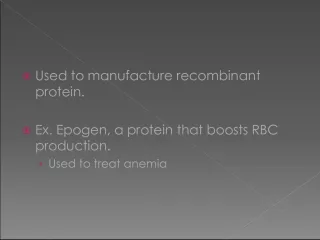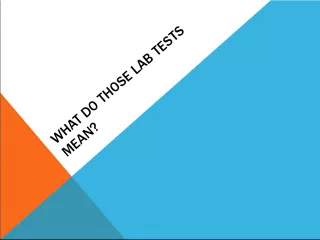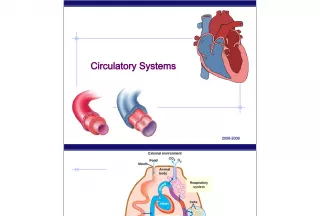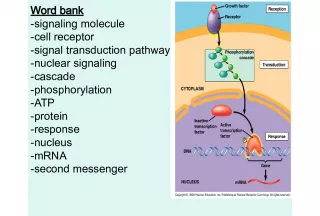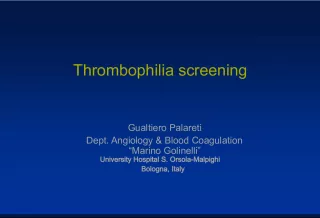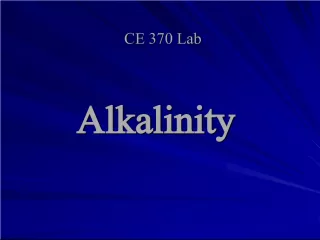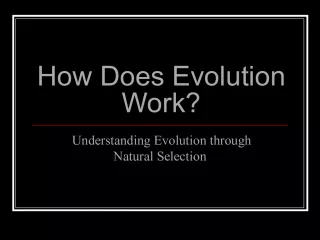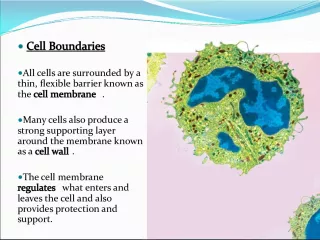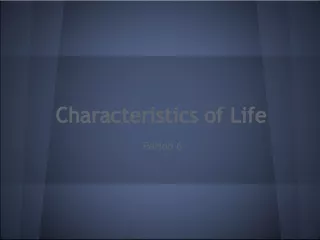Natural Antibodies Made by B1 Cells: Key Players in Innate Immunity
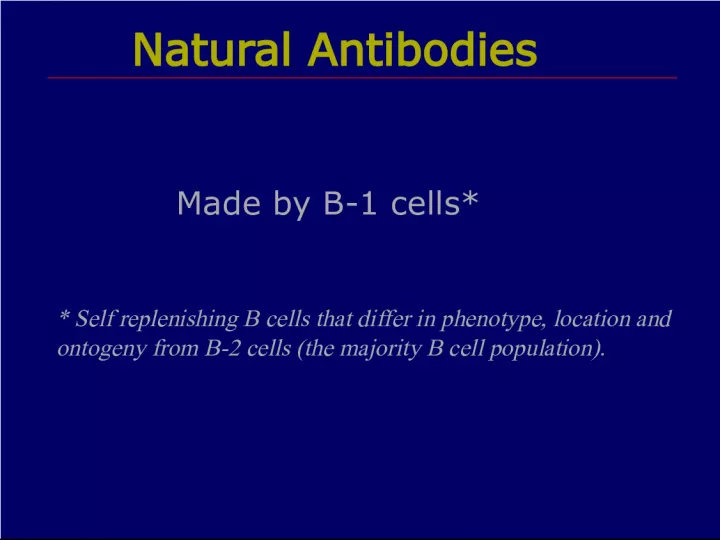

B1 cells, a subpopulation of B cells, produce natural antibodies that bind to pathogens and cell components without prior immunization. These antibodies, predominantly IgM, constitute the first line of defense against invading pathogens. B1 cells, which differ from the majority B2 cells in phenotype, location, and ontogeny, express a repertoire of anti-PTC antibodies that are highly specific and encoded primarily by three VH families.
- Uploaded on | 0 Views
-
 mariaswift
mariaswift
About Natural Antibodies Made by B1 Cells: Key Players in Innate Immunity
PowerPoint presentation about 'Natural Antibodies Made by B1 Cells: Key Players in Innate Immunity'. This presentation describes the topic on B1 cells, a subpopulation of B cells, produce natural antibodies that bind to pathogens and cell components without prior immunization. These antibodies, predominantly IgM, constitute the first line of defense against invading pathogens. B1 cells, which differ from the majority B2 cells in phenotype, location, and ontogeny, express a repertoire of anti-PTC antibodies that are highly specific and encoded primarily by three VH families.. The key topics included in this slideshow are B1 cells, natural antibodies, innate immunity, anti-PTC repertoire, VH families,. Download this presentation absolutely free.
Presentation Transcript
2. Natural Antibodies Made by B-1 cells* * Self replenishing B cells that differ in phenotype, location and ontogeny from B-2 cells (the majority B cell population).
3. Natural Antibodies Present in unimmunized mice Bind to pathogens and cell components A key part of the innate immune system spontaneously secreted (as natural IgM) first line of defense against invading pathogens
4. Anti-PtC repertoire Antibodies expressed by 5-15% of B-1 cells bind PtC Other (B-2) cells do not make anti-PtC antibodies Ig heavy chains in anti-PTC antibodies are mainly encoded by 3 VH families; V H 11, V H 12, V H Q52
5. PtC-binding B cells are detectable by Hi-D FACS
6. PtC-binding B cells are detectable by Hi-D FACS IgM a and IgM b are IgM allotypes present respectively in the Balb/C and C.B/17 allotype congenic strains
7. Is the difference due to enviromental influences (selection) or to genetic differences between the two strains? TRANS VS cis
8. Genetic Control of the Natural Antibody Repertoire Cis- linked Regulation of Antibody Variable Gene Usage
9. BALB/c x C.B-17 F1 Mice
10. BALB/c x C.B-17 F1 Mice
11. Determining the VH repertoire of anti-PtC antibodies Single-cell RT-PCS and sequencing of PtC binding cells FACS analysis of PtC binding cells
12. Cis- linked regulation of V H 12 Predominance
13. Summary and Conclusions V H 12 predominates the anti-PtC repertoire in C.B-17 mice while V H Q52 predominates in BALB/c V H predominance is controlled in cis The element(s) that controls the predominance maps to the V H encoding region.
14. Summary Two VH12 Alleles Differ by a single amino acid in framework 1 (codon 21) The V H 12 ala (alanine) is found in BALB/c and C57BL/6 The V H 12 thr (thronine) allele is found in the BALB/c Igh b congenic strain, C.B-17, and in C57BL/10- related strains (including B102a4b from which CH lymphomas were isolated)
15. Proteins encoded by two VH12 alleles differ by a single amino acid at codon 21 in framework 6 silent mutations also distinguish the VH12 alleles BALB/c and C.B-17
16. VH12 Predominance Maps to the V H Region
17. But selection is also important in determining the B-1 repertoire
18. V H 12 has higher avidity for PtC liposomes than V H 12 ala
19. Cells expressing V H 12 thr antibodies that do not bind PtC do not increase in frequency with age
20. Differential VH expression in PtC-binding cells from C.B-17 x BALB/c heterozygotes
21. Summary All V H anti-PtC except V H 12 thr Frequency among peritoneal B cells is fixed by 3-4 weeks of age and remains stable at least until 7 months V H 12 thr Frequency among peritoneal B cells increases consistently from 3-4 weeks of age at least 7 months
22. Acknowledgements Lee Herzenberg Len Herzenberg Jennifer Wilshire Nicole Baumgarth Darren Gold The Members of the Herzenberg Laboratory The Stanford Shared FACS Facility
23. B-1 * Self replenishing B cells that differ in phenotype, location and ontogeny from B-2 cells (the majority population).
